Product
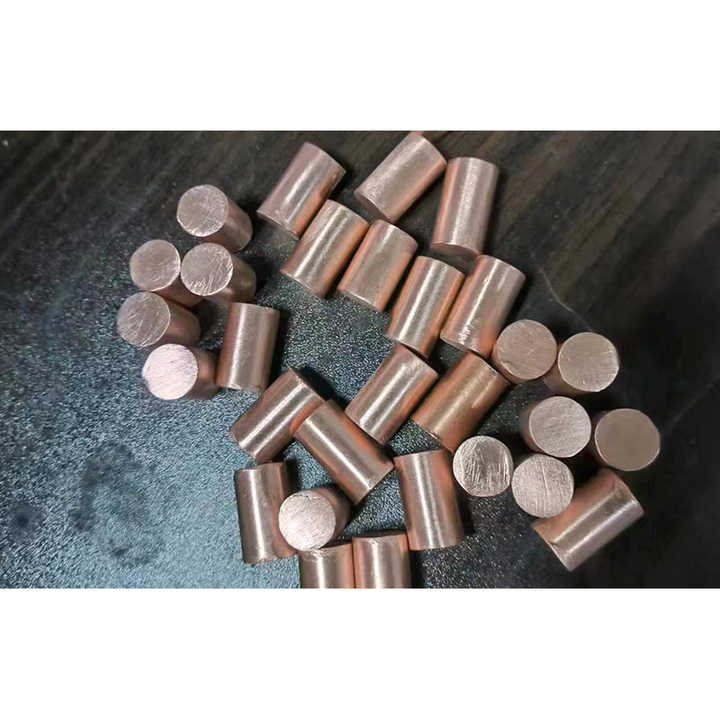
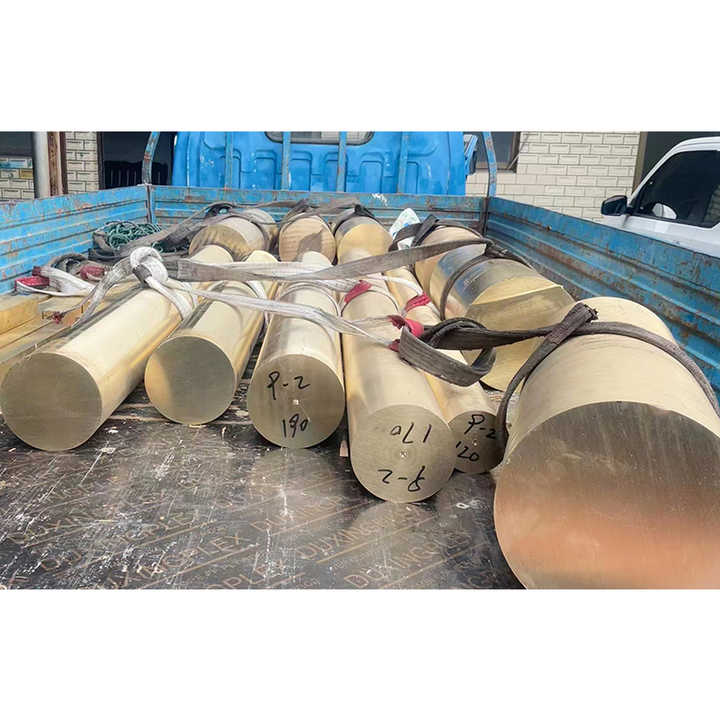
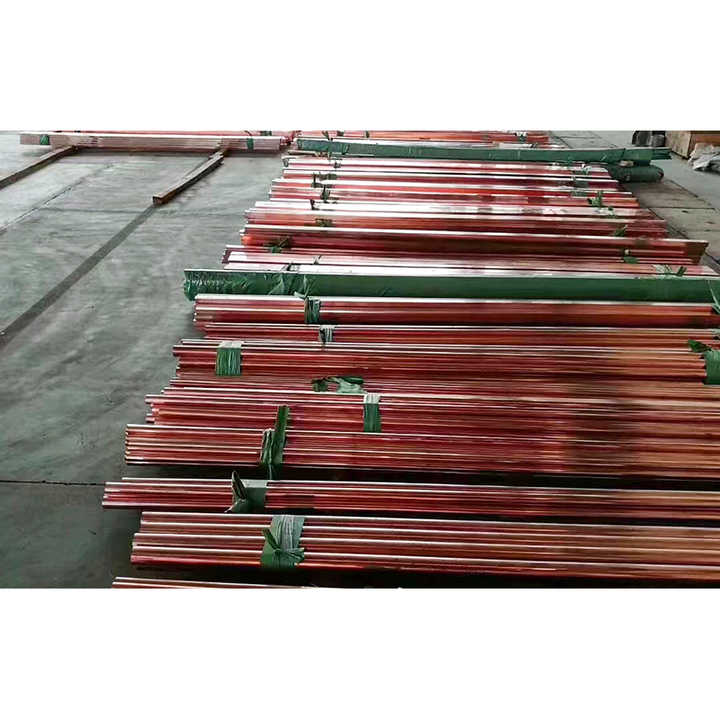
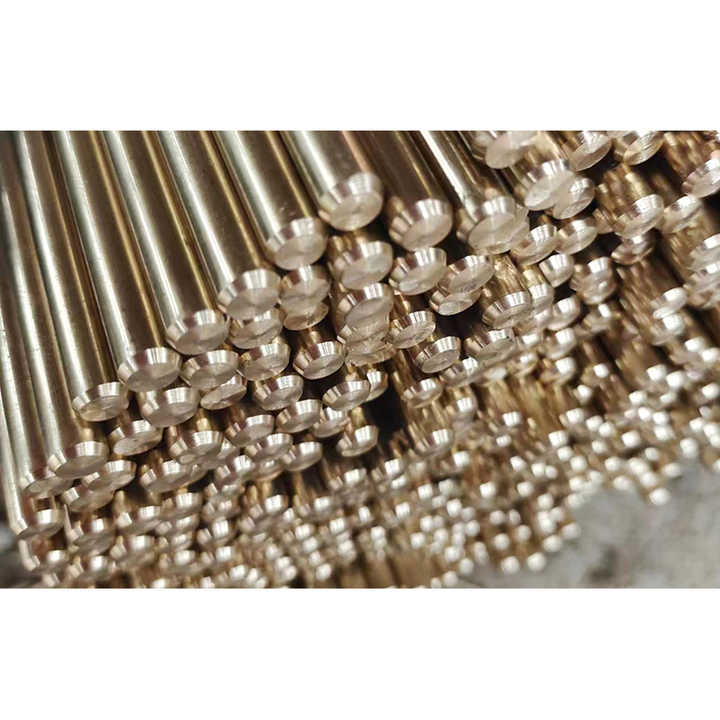
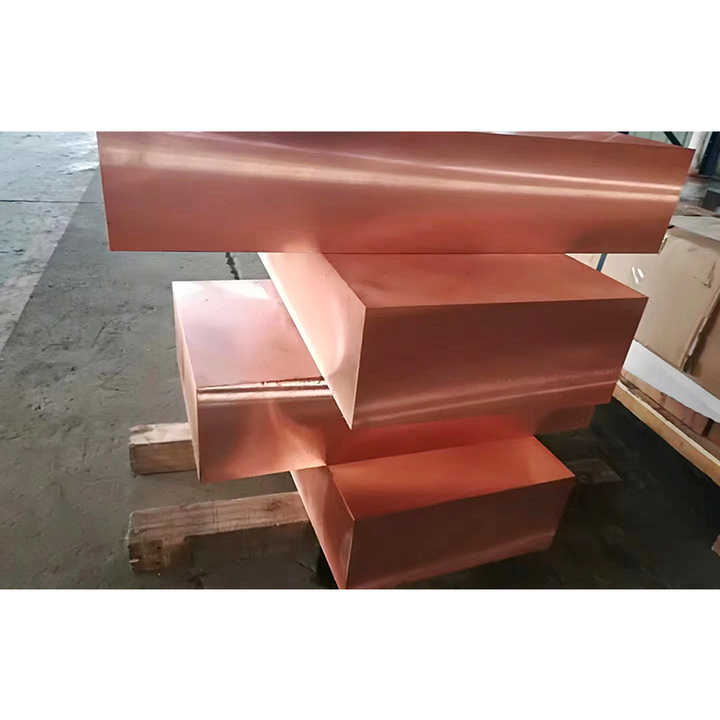

Preview
Basic Info.Product Description
Basic Info.
| Alloy Or Not | Non-Alloy |
| Powder Or Not | Not Powder |
| Place of Origin | Jiangsu, China |
| Brand me | JBR |
| Model Number | ASTM B150 |
| Application | Heat Exchanger |
| Grade | C11000 |
| Cu Content (%) | 99.9% |
| Processing Service | Bending, Welding, Punching, Cutting |
| Standard | ASTM |
| Grade | C2680 C2600 C2720 |
| Thickness | 0.05~3.0mm |
| Width | 10mm~610mm |
| Hardness | O, 1/4h, 1/2h, 3/4h, H, Eh, Sh |
| Certificates | Mtc, ISO, BV, SGS |
| Stock | Yes |
| Sample | Free |
| MOQ | 500kgs |
| HS Code | 7409290000 |
| Selling Units: | Single item |
| Single package size: | 50X500X500 cm |
| Single gross weight: | 100.000 kg |
Product Description
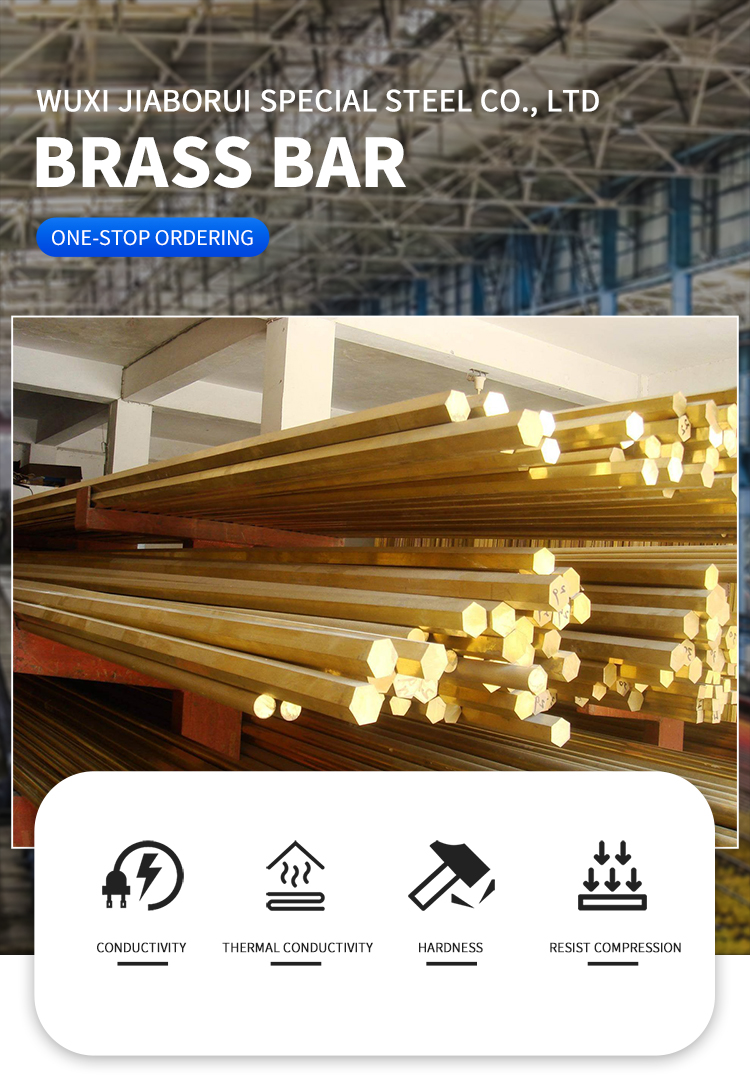
Preview
➤ Product Description
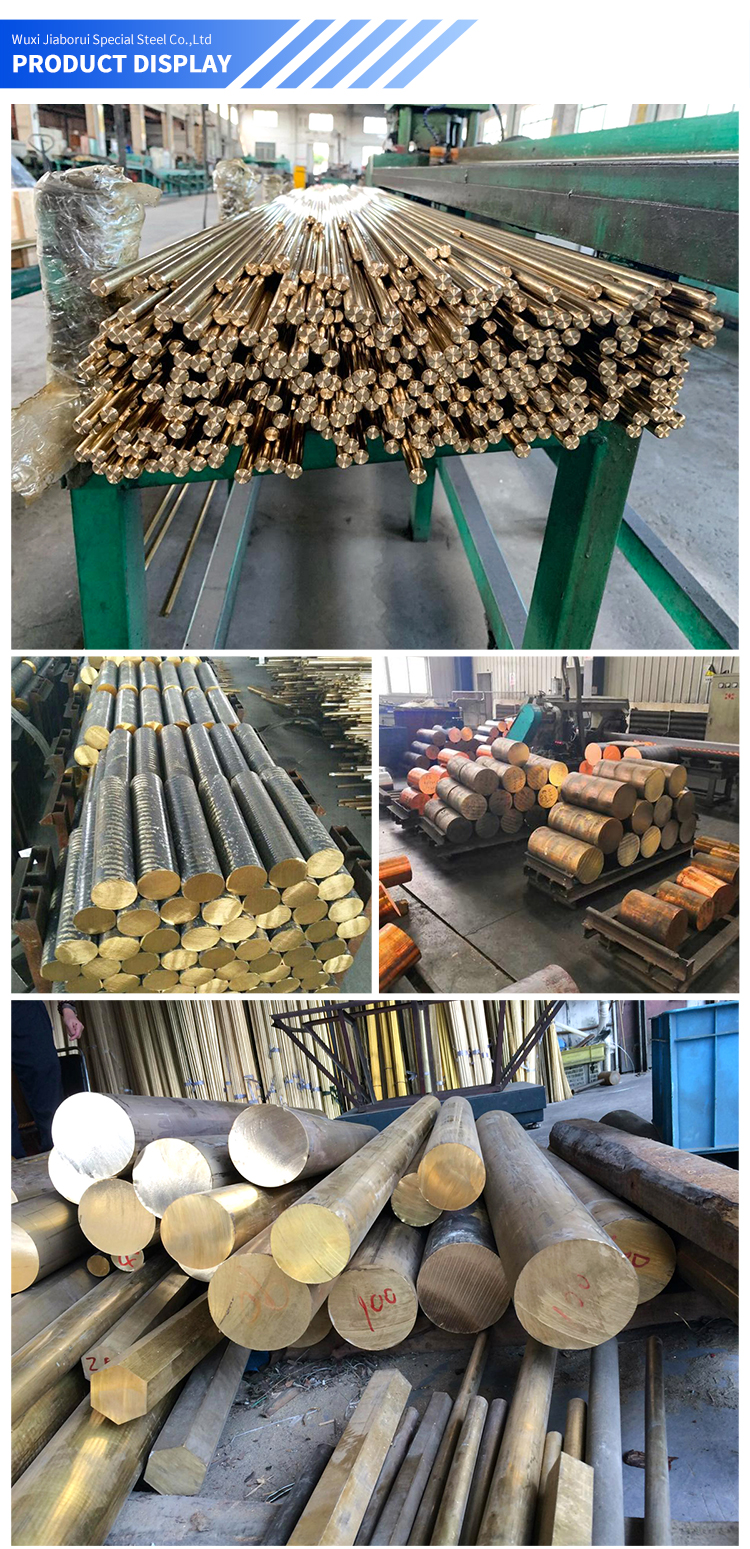
Preview
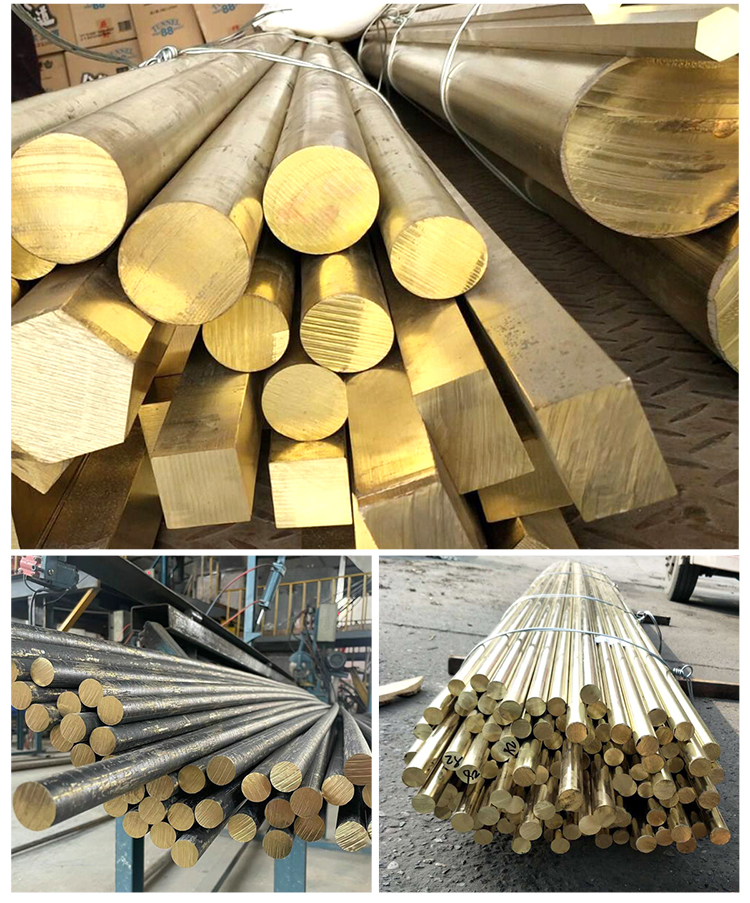
Preview
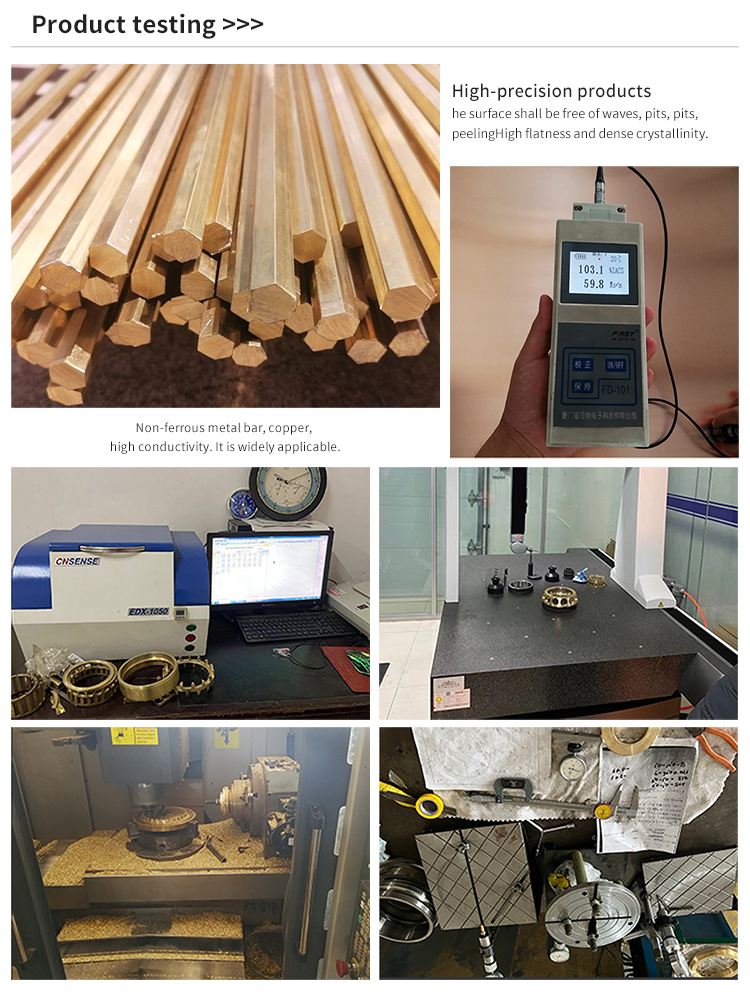
Preview
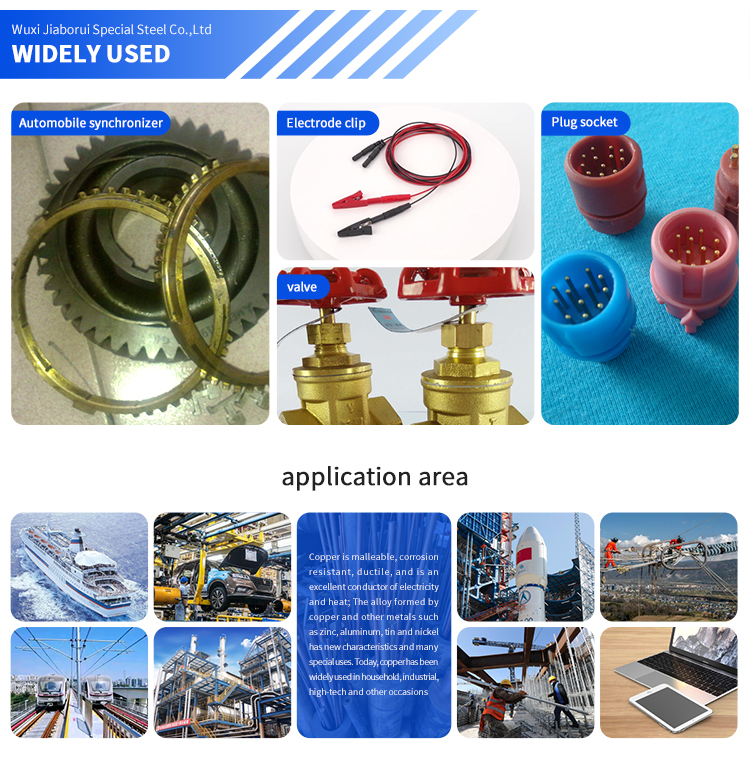
Preview
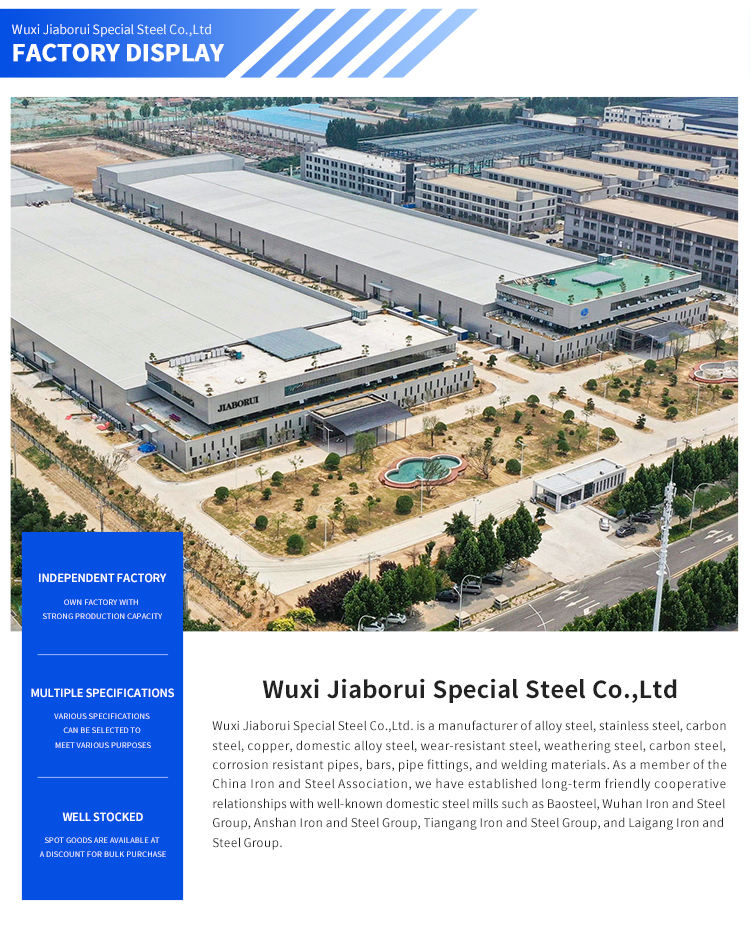
Preview
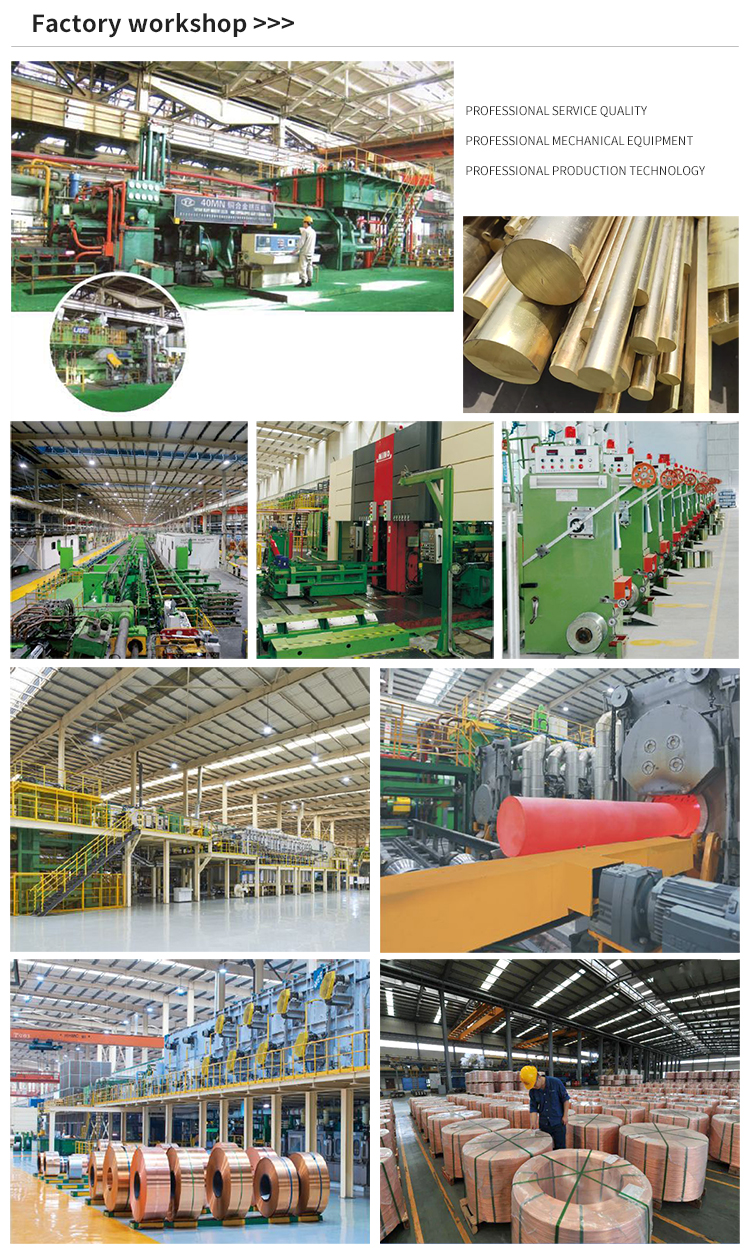
Preview
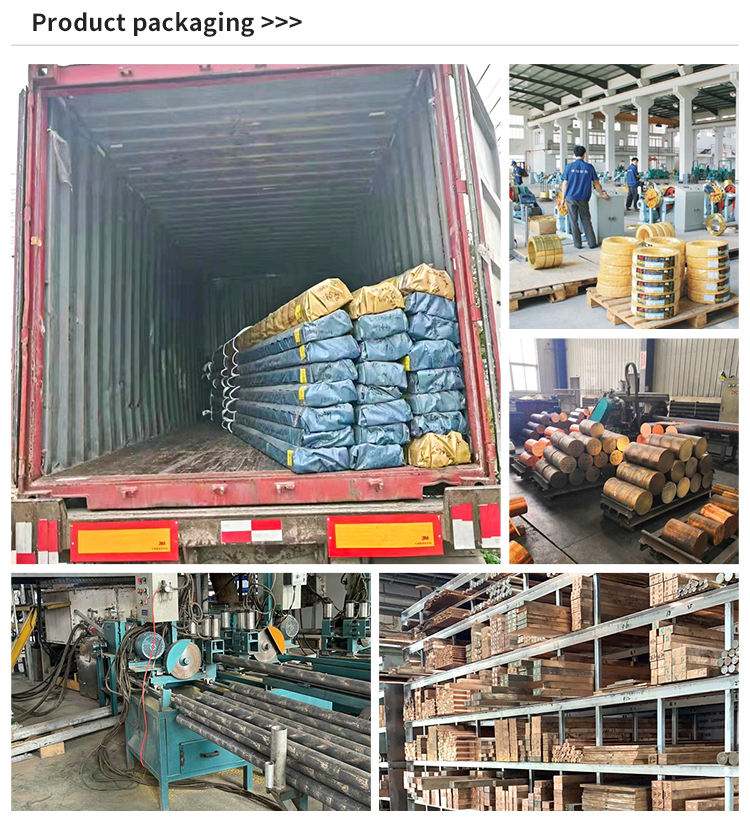
Preview
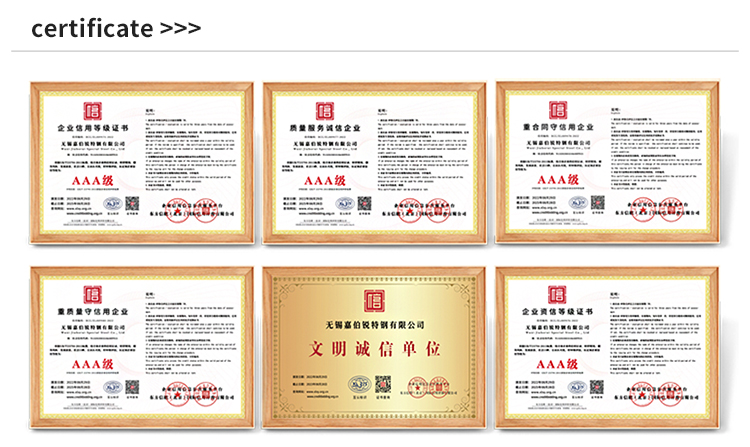
Preview
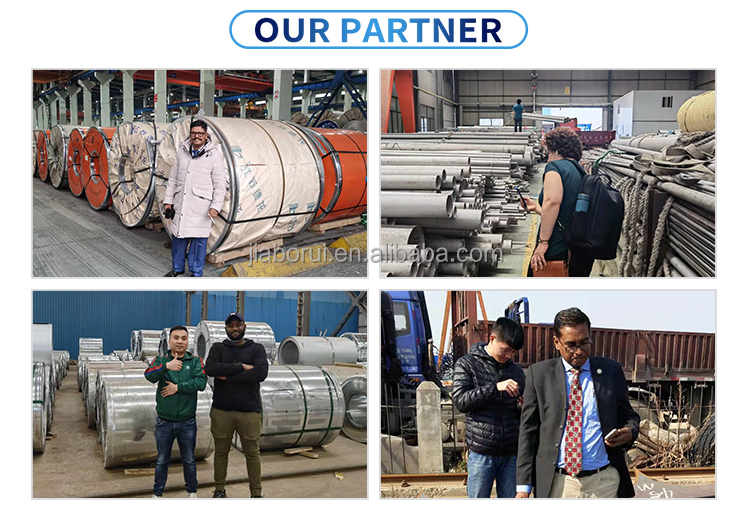
Preview
➤ More Products
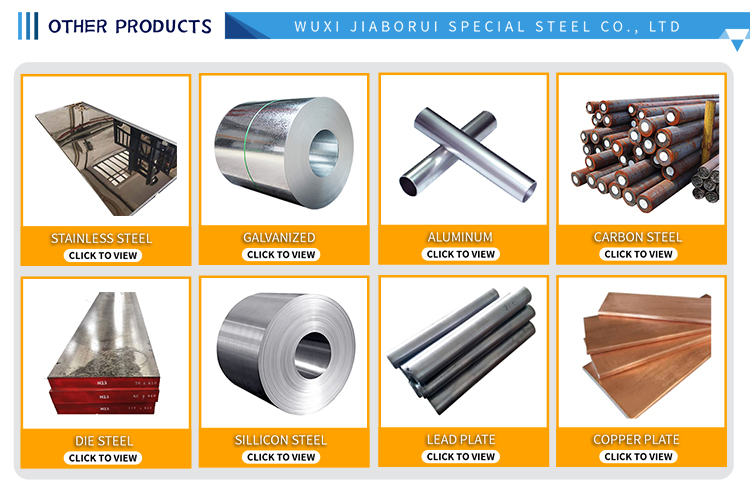
Preview
➤ FAQ
1.Are You Manufacture or Trade Company?We are manufacture,we have 12 years experience for supply Metal material and products in domestic.2.Can you supply what is the service?We can supply the kinds of metal materials and products,and we also can supply other process services.3.Can you supply the free sample?We can supply the free sample,but the sample express freight should be by you.4.What about your the fast lead time if we place order?It is normal 7-10 days after receive your deposit.5.Which payment terms can you accept?We can accept the TT,Western Union now or Negotiation.
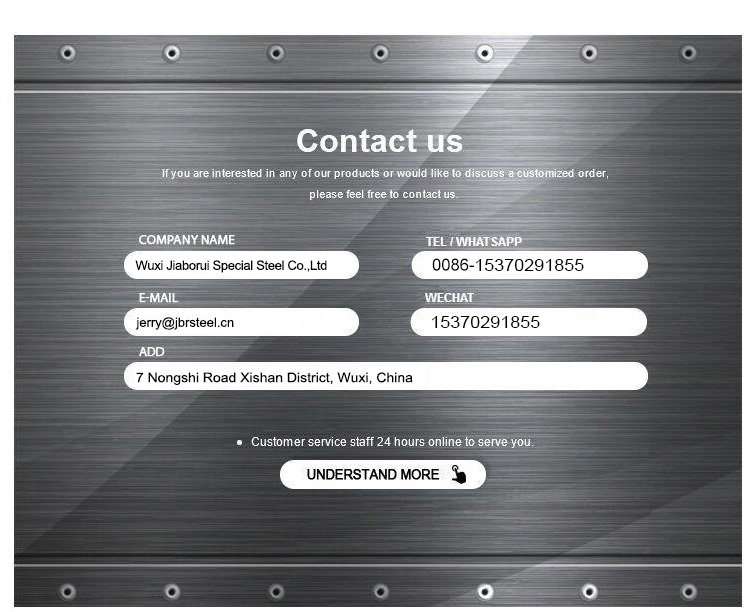
Preview
Types of Copper Rods 1. Oxygen-Free Copper Rod (OFHC): * Highly pure and has excellent electrical and thermal conductivity. * Used in high-quality audio cables, magnet wires, and other applications requiring high conductivity. 2. Electrolytic Tough Pitch Copper Rod (ETP): * Contains a small amount of oxygen. * Commonly used in electrical wiring, cables, and transformers. 3. Phosphor Bronze Rod: * Contains tin and phosphorus. * Known for good corrosion resistance, wear resistance, and excellent mechanical properties. 4. Beryllium Copper Rod: * Contains beryllium. * Exhibits high strength and good conductivity, used in springs, connectors, and precision instruments. Production Process 1. Melting: * Copper scrap or cathodes are melted in a furnace. 2. Casting: * The molten copper is cast into billets or directly into rods using continuous casting methods. 3. Rolling: * Billets are hot rolled into rod shapes, reducing their diameter. 4. Drawing: * The rods are cold drawn through dies to achieve the desired diameter and mechanical properties. 5. Annealing: * The drawn rods may be annealed to relieve internal stresses and improve ductility.Advantages 1. High Conductivity: * Copper rods have excellent electrical and thermal conductivity, making them ideal for electrical applications. 2. Corrosion Resistance: * Copper and its alloys have good corrosion resistance, which increases their longevity in various environments. 3. Ductility: * Copper rods are highly ductile, allowing them to be easily formed into various shapes and sizes without breaking. 4. Recyclability: * Copper is highly recyclable, making it an environmentally friendly option.Disadvantages 1. Cost: * Copper is more expensive compared to other metals like aluminum, which can increase the overall cost of projects. 2. Weight: * Copper is relatively heavy, which can be a disadvantage in applications where weight is a critical factor. 3. Susceptibility to Theft: * Due to its high value, copper is often targeted for theft, particularly in the form of cables and wiring. 4. Work Hardening: * Copper hardens when worked, which can require additional processing like annealing to maintain its ductility.
C11000 C101 ASTM 5mm 99.99% Pure C11000 Brass Round Copper Bar
$8456 ~ $10400
Consumer electronics Industry Chain · Nonferrous metals · Other Copper
 Wuxi
Wuxi  Authenticated
AuthenticatedLess than 50 EmployeesWholesale/Retail/New Retail



